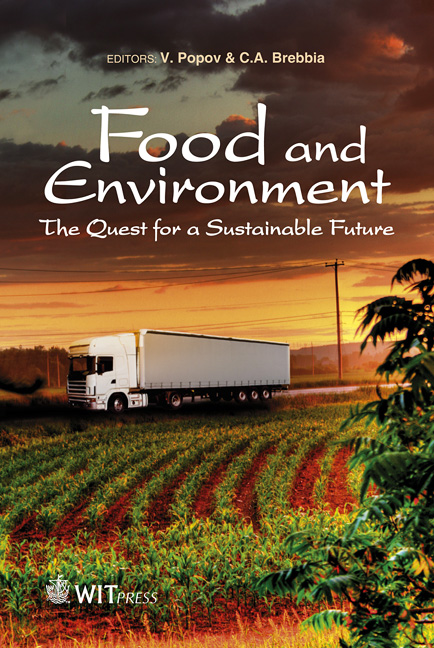The Phytotoxicity Of 2,4,6-Trichlorophenol And Phenol To Local Agricultural Plant Species In China
Price
Free (open access)
Transaction
Volume
152
Pages
11
Page Range
203 - 213
Published
2011
Size
418 kb
Paper DOI
10.2495/FENV110201
Copyright
WIT Press
Author(s)
K. Poon, K. L. Hon & J. J. Huang
Abstract
Industrial pollutants are known to affect the growth of plants and increase the costing of agricultural production. For ecological risk assessment, the toxicological screening benchmark concentrations of contaminants in soil and soil solution may use as the indicators for potential concern. The benchmark values were derived from the lowest values of the EC30 of the chemicals in tested plant species. As the economically important agricultural plant species in China are quite different from that of the North America, local data on the phytotoxicity of chemicals to local species should be a piece of valuable information. In the present studies, the method of seed germination and root elongation were used to estimate the EC50 and EC30 of 2,4,6-Trichlorophenol (TCP) and Phenol to six economically important local agricultural plants. The lowest EC30 of TCP in tested species was found to be one forth of the reference benchmark values, while the lowest EC30 of Phenol was similar to the benchmark concentration. The phytotoxicity of TCP was found to be more rigorous than that of Phenol in reducing the growth of local agricultural plants. For the tested agricultural species, Raphanus sativus \“short-leave radish no. 13” was relatively insensitive to the effect of TCP and Phenol, while Amaranthus mangostanus \“round-leaf green amaranth” was the most sensitive one. For the three species from the genus Brassica, they have similar sensitivity to both of the chemicals. Keywords: 2,4,6-Trichorophenol, Phenol, phytotoxicity, toxicological benchmarks, agricultural plants.
Keywords
2,4,6-Trichorophenol, Phenol, phytotoxicity, toxicological benchmarks, agricultural plants





